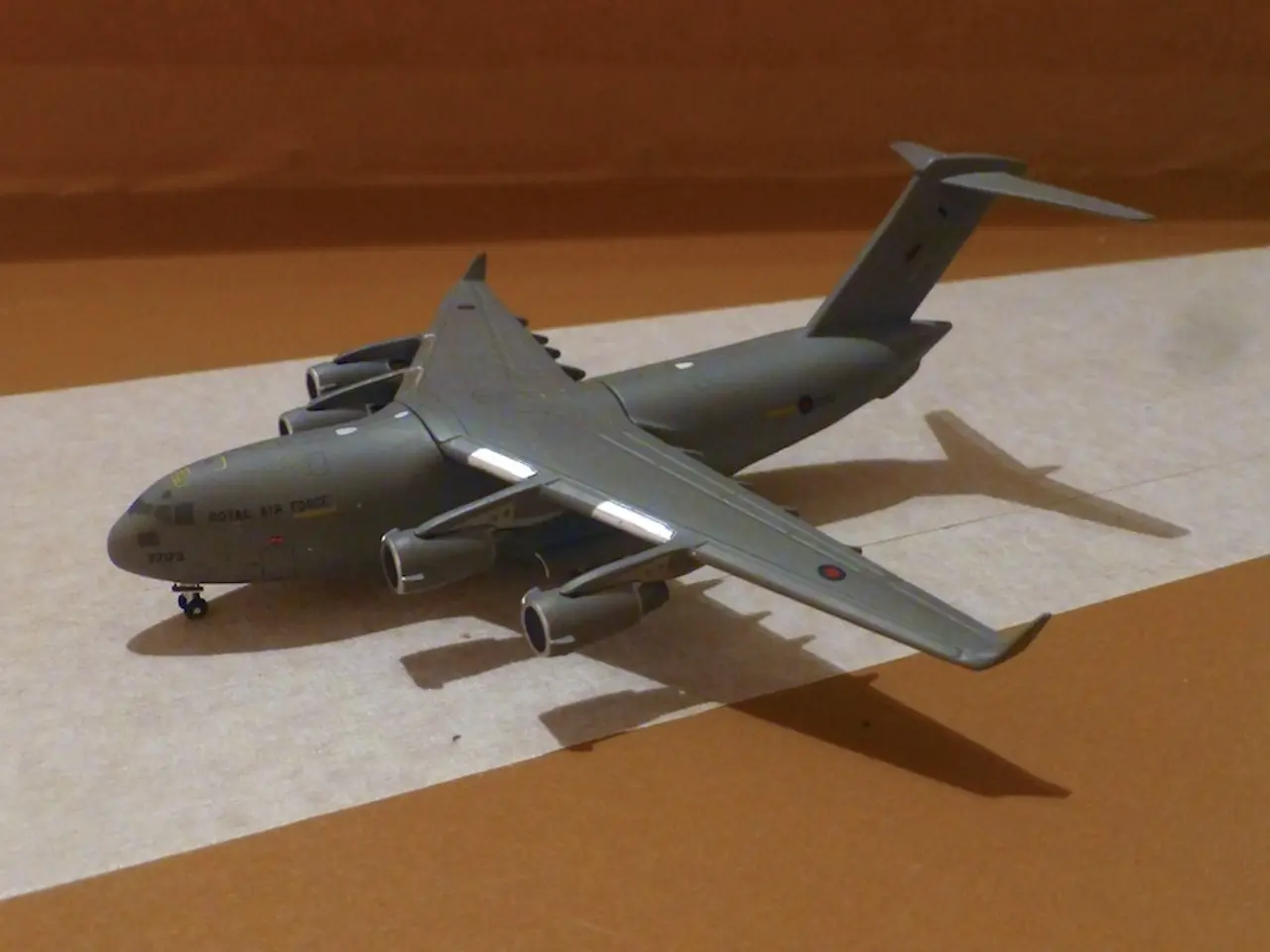Harnessing Aerial Electricity Revolution
Electric motors and generators play a crucial role in converting electrical energy into mechanical energy, and vice versa. This technology is at the heart of a promising approach to reducing aviation emissions: hybrid-electric propulsion.
For commercial aviation, there are three options for battery charging: swapping depleted units, installing charge points at the gate, or recharging during the cruise phase of a flight. Airbus, in collaboration with players from other sectors, is developing more powerful batteries for aircraft electrification, aiming to overcome the limitations posed by current battery technology.
Hybrid-electric propulsion offers significant benefits, especially in balancing environmental goals with operational performance. Fuel efficiency and emission reduction are critical advantages, as hybrid systems optimize fuel use by enabling electric motors during cruise or low power phases and combustion engines for high thrust needs, such as takeoff and climb. This results in reduced overall fuel consumption and CO2 emissions.
Extended range and endurance are another benefit, particularly in unmanned or small aircraft. Hybrid designs have demonstrated operational range beyond pure electric limits, combining electric power’s efficiency and combustion power’s energy density. Operational flexibility is another advantage, as hybrid propulsion allows switching between power sources to suit mission demands, improving efficiency and reducing reliance on fossil fuels intermittently.
However, hybrid propulsion also faces notable challenges. Current battery technology's low energy density limits pure electric flight range, encouraging hybrids as an interim solution. However, batteries still add weight and complexity to hybrid systems. Complexity and initial costs are additional hurdles, as hybrid systems integrate electric motors, batteries, and combustion engines, increasing design complexity, maintenance, and upfront investment costs compared to conventional systems.
Certification and regulatory hurdles are another challenge, as new hybrid architectures require extensive testing and approval from aviation authorities, potentially delaying commercial deployment.
Two main architecture options—serial and parallel—each have distinct pros and cons. Serial hybrids simplify mechanical design, allowing optimized engine operation for electricity generation. However, they require large, efficient generators and electric motors, and energy losses in multiple conversions (mechanical → electrical → mechanical). Parallel hybrids offer greater flexibility and performance by combining power sources directly at the propulsor, potentially improving efficiency in certain flight phases. However, they have a more complex drivetrain with clutch/linkage mechanisms and heavier, more complex control systems.
Airbus is testing a hybrid-electric system for helicopters that takes over from the thermal engine if it fails (Engine Back-up System). The power-to-weight ratio of electric motors is likely to double in the next ten years. Airbus and Renault Group have announced a partnership agreement to advance research into energy storage and management for hybridisation and long-term sustainability.
Reaching the 5% CO2 emissions reduction target requires Airbus and engine manufacturers to jointly develop a new, more efficient class of gas turbine. Ecopulse, a demonstrator based on a light aircraft, is a collaboration between Airbus, Daher, and Safran, aimed at increasing knowledge of distributed propulsion systems and multiple power source management.
The main characteristics of interest for hybridisation are the power-to-weight ratio and relative efficiency of electric motors. A compromise has to be found between performance, volume, and mass in an aircraft's weight-sensitive, aerodynamically-optimised environment. Airbus is initiating projects to demonstrate different hybrid engine concepts with different power levels.
The main shortcoming of current-generation batteries, such as Lithium-Ion, is their low energy density compared to kerosene and hydrogen. The holy-grail for battery development is the solid-state battery, which mitigates the risk of thermal runaway and opens the way to improved performance. Airbus is in discussions with a number of aerospace suppliers for solid-state battery development, but expects prototype solid-state batteries adapted for aerospace before 2030.
In a serial architecture, a single mechanical power source drives the propeller or fan, with batteries or alternatives providing power, and the propeller is always driven by an electric motor, enabling distributed propulsion. Medium-sized commercial and military aircraft will require up to one megawatt of onboard-generated electrical power. The choice for electric motor types supporting these hybrid engines is equally important.
In conclusion, hybrid-electric propulsion—both serial and parallel—provides a promising path to lower aviation emissions by leveraging electric power to reduce fuel burn and carbon footprint, especially in missions or aircraft sizes where pure electric flight is not yet viable. However, the trade-offs between system complexity, weight, regulatory barriers, and battery limitations must be carefully managed to realize these benefits.
Electric motors and batteries, key technology components, play a significant role in the developing hybrid-electric propulsion systems for aviation. The limited energy density of current battery technology is a challenge, but advancements in battery technology, such as solid-state batteries, offer the potential for improved performance and longer flight range.




